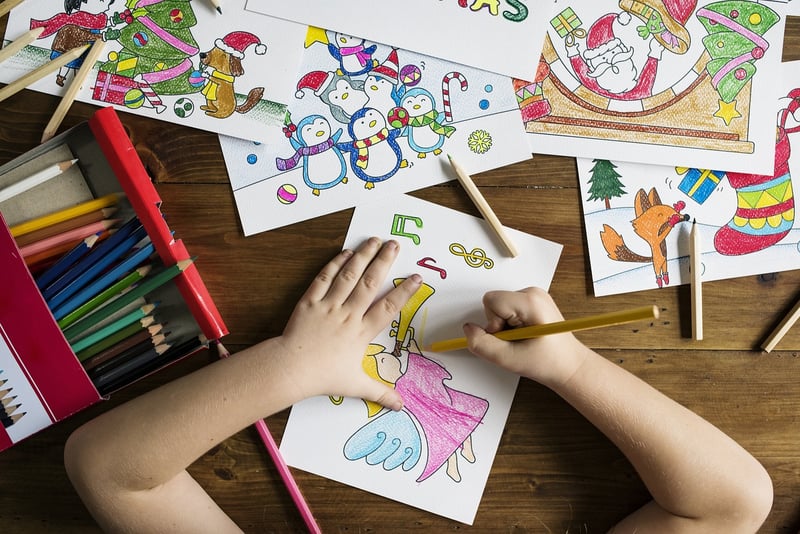Eco-friendly techniques
Interactive Learning and Eco-Friendly Techniques
In today's world, the combination of interactive learning methods and eco-friendly techniques is becoming increasingly important. Not only does interactive learning engage students better, but incorporating eco-friendly practices helps instill a sense of environmental responsibility. Let's explore how these two concepts can be integrated to create a more sustainable and engaging learning environment.
Benefits of Interactive Learning:
Interactive learning involves active participation, collaboration, and engagement among students. It can include group activities, discussions, hands-on experiments, multimedia presentations, and more. Some of the key benefits of interactive learning are:
- Improved retention of information
- Enhanced critical thinking skills
- Better collaboration and communication abilities
- Increased student motivation and engagement
Integrating Eco-Friendly Techniques:
On the other hand, eco-friendly techniques focus on reducing environmental impact and promoting sustainability. By incorporating eco-friendly practices into educational settings, students can learn to be more conscious of their environmental footprint. Some ways to integrate eco-friendly techniques in interactive learning include:
- Outdoor Learning: Take the classroom outside and conduct lessons in nature to promote appreciation for the environment.
- Waste Reduction: Encourage recycling, composting, and reducing waste in school activities.
- Energy Conservation: Teach students about energy-saving practices and involve them in monitoring energy usage in the school.
- Green Projects: Engage students in eco-friendly projects such as creating a school garden or implementing water-saving initiatives.
Interactive Learning Tools:
There are various tools and technologies that support interactive learning and can be used in conjunction with eco-friendly practices:
- Online Learning Platforms: Utilize online platforms for interactive quizzes, virtual field trips, and collaborative projects.
- Interactive Whiteboards: Enhance classroom engagement with interactive whiteboards for multimedia presentations and activities.
- Virtual Reality (VR) Learning: Bring immersive experiences to students through virtual reality simulations of eco-friendly practices and environments.
By combining interactive learning with eco-friendly techniques, educators can create a dynamic and sustainable learning environment that not only enhances student learning but also fosters a sense of environmental stewardship. Embracing these approaches can lead to a brighter future for both students and the planet.
Image Source: Pixabay

